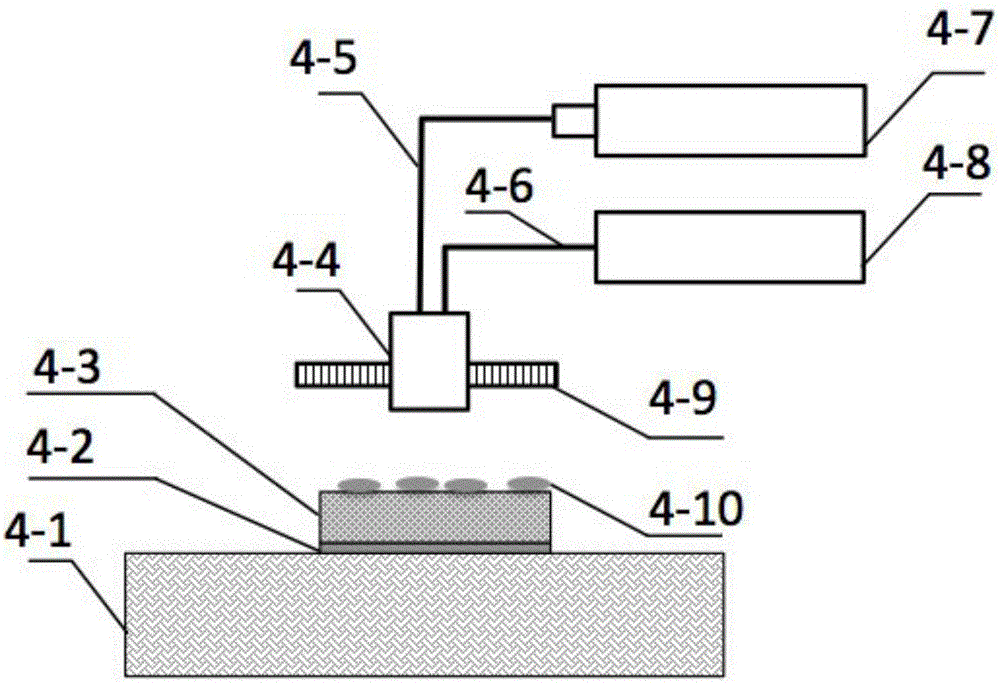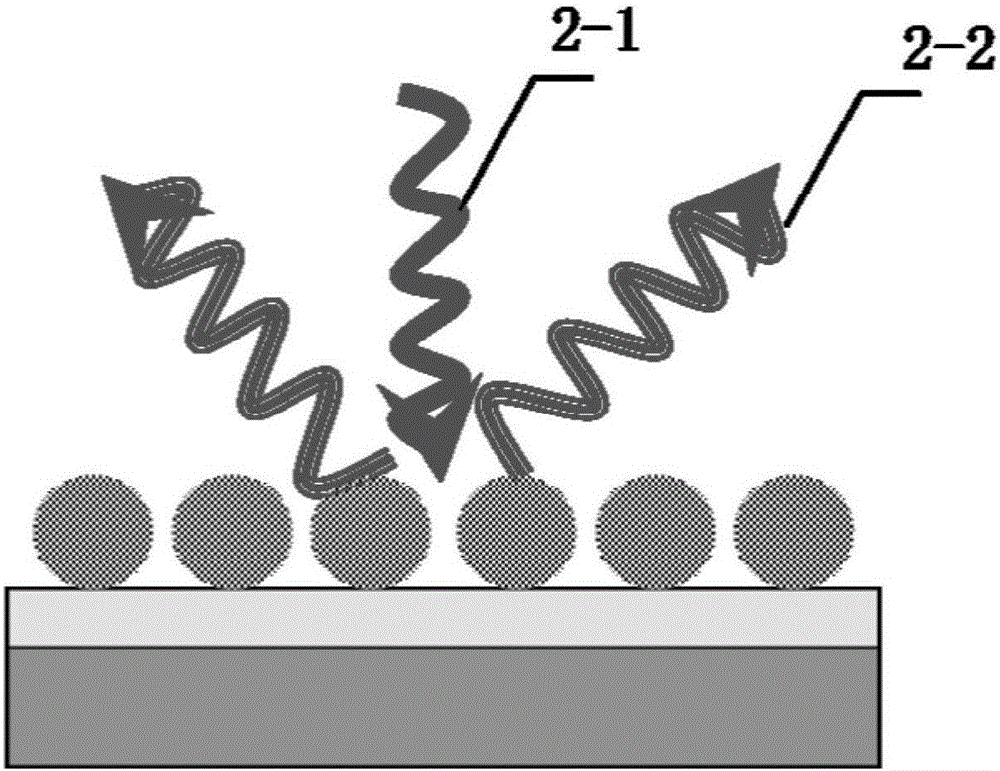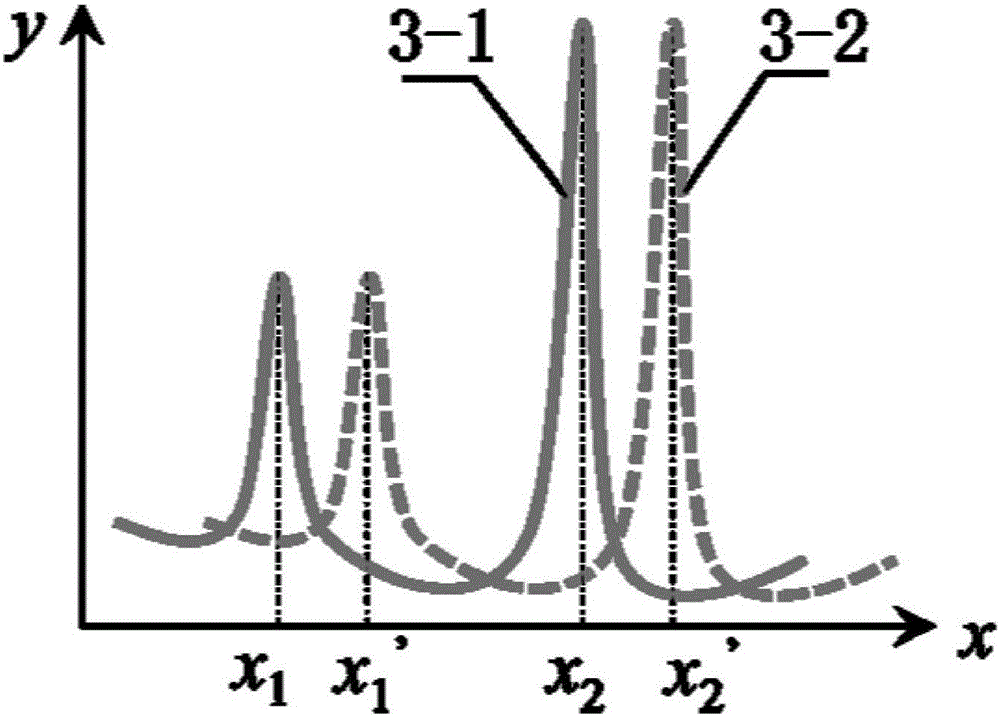Stress detection and molecular recognition system based on graphene composite structure
A graphene composite and stress detection technology, which is applied in the measurement, measurement of force, and analysis of materials by measuring the change in optical properties of the material when it is stressed, can solve the difficulties in molecular recognition of newborn tissue cells and the inability to detect surface stress, etc. problem, to achieve the effect of improving detection function and efficiency and enhancing Raman substrate
- Summary
- Abstract
- Description
- Claims
- Application Information
AI Technical Summary
Problems solved by technology
Method used
Image
Examples
Embodiment Construction
[0017] figure 1 It is a structural schematic diagram of the present invention, figure 2 It is a schematic diagram of exciting Raman scattered light in the present invention, image 3 It is a typical characteristic peak change diagram of graphene in the present invention, as shown in the figure, the stress detection and molecular recognition system based on the graphene composite structure in the present embodiment; A Raman detection device for detecting stress and identifying molecules through the Raman spectrum of a graphene composite structure; the graphene composite structure sequentially includes a flexible substrate, a graphene layer 4-3 and a noble metal nanoparticle reinforcement layer 4-10 from bottom to top ; Of course, the substrate is a flexible transparent substrate, such as silicon, silicon dioxide or PMMA and other materials, and is attached and fixed on the surface of the repair tissue 4-1 through the adhesive 4-2. When the tissue is being repaired During the...
PUM
 Login to View More
Login to View More Abstract
Description
Claims
Application Information
 Login to View More
Login to View More - R&D
- Intellectual Property
- Life Sciences
- Materials
- Tech Scout
- Unparalleled Data Quality
- Higher Quality Content
- 60% Fewer Hallucinations
Browse by: Latest US Patents, China's latest patents, Technical Efficacy Thesaurus, Application Domain, Technology Topic, Popular Technical Reports.
© 2025 PatSnap. All rights reserved.Legal|Privacy policy|Modern Slavery Act Transparency Statement|Sitemap|About US| Contact US: help@patsnap.com



